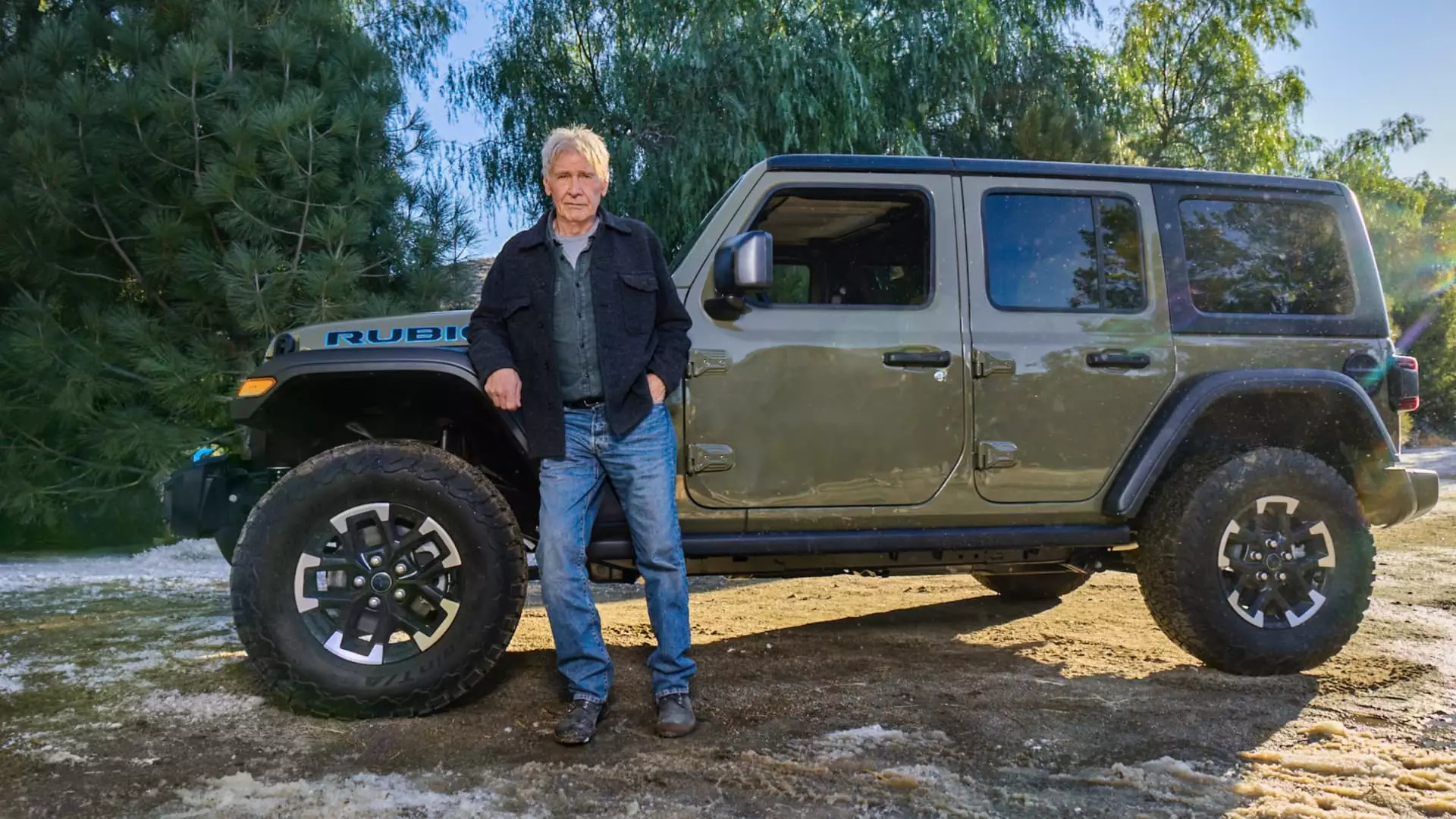The Super Bowl has long been a stage where brands showcase their innovative ideas and creative prowess through memorable advertisements. This year, Stellantis, the parent company of the Ram and Jeep brands, made headlines for being the only automaker to air a commercial during Super Bowl 59. The decision came in the wake of industry-wide uncertainty, leadership changes, and the ongoing transition to electric vehicles (EVs). Stellantis’ Chief Marketing Officer, Olivier Francois, discussed the motivations behind this audacious move and how it reflects a broader narrative of resilience and rebirth.
In December, Stellantis faced unexpected turbulence with the abrupt departure of CEO Carlos Tavares. This critical moment sparked a need for a revitalized marketing direction, as Stellantis sought to reaffirm its commitment to the American market. Chairman John Elkann, stepping in during this transitional period, reached out to Francois with an urgent vision: to craft a compelling advertisement that would encapsulate the automaker’s comeback story. Francois aptly recognized the significance of this endeavor, stating, “This was about expressing how important the U.S. market is for Stellantis.”
The background of Stellantis is noteworthy. Formed as a merger between Fiat Chrysler and PSA Group, the company has faced challenges such as stringent cost-cutting measures and mixed sales performance. However, this scenario presented a unique opportunity for Stellantis to set itself apart from competitors who shied away from the high-profile advertising arena of the Super Bowl.
The broader automotive landscape has experienced a seismic shift, particularly due to the rising prominence of electric vehicles. As competitors scramble to position themselves within this rapidly changing market, many have appeared indecisive, likened to “headless chickens” by Francois. With several automakers retreating from Super Bowl advertising amidst concerns over dwindling returns, Stellantis took a different route.
Francois asserts that while many companies are focused on promising EVs that are yet to reach consumers, Stellantis has decided to leverage its rich history and diverse lineup, from conventional combustion engines to hybrids. This strategic pivot indicates a broader understanding that customers still value traditional offerings while the EV sector develops further.
In crafting the Super Bowl ad, Francois drew upon a legacy of memorable campaigns that have become synonymous with the brand. The automaker’s storytelling approach began to gain traction after its financial struggles in the late 2000s. Notable ads featuring cultural icons like Eminem and Clint Eastwood have linked Stellantis to themes of resilience and the spirit of America. This year’s advertisement maintained that tradition while showcasing a fresh narrative.
The Jeep advertisement featuring Harrison Ford starkly exemplifies this approach. Set against a backdrop of themes such as freedom and personal storytelling, the ad resonated with viewers while cleverly integrating the competitive element represented by the Ford Bronco. By framing the conversation around self-expression and happiness, rather than formulaic car promotion, Stellantis captured a more profound emotional connection with their audience.
Francais’ hands-on approach to the advertisement’s script marked a departure from standard practices where CMOs typically greenlight agency-created content. In collaborating with industry veterans like Edward Razek to produce a script steeped in authenticity, Francois showcased a uniquely personal touch that enhanced the commercial’s substance. Ford himself later praised the project for its straightforward message, suggesting it encapsulated the essence of both the Jeep brand and his own personal ethos.
This level of engagement not only highlights Francois as an innovative leader within the company but also serves to reinforce a narrative that prioritizes genuine storytelling over mere brand visibility.
While specific financial details regarding Stellantis’ advertising budget remain undisclosed, it’s widely known that Super Bowl ad spots command exorbitant fees, with prices soaring to $8 million for just 30 seconds of airtime. However, with Elkann’s strategic emphasis on redefining marketing as an investment rather than a cost center, Stellantis positions itself to potentially reap significant rewards from its bold advertising endeavors.
By capturing attention during one of the year’s most-watched events, Stellantis has established a foothold in the conversation surrounding automotive innovation while embracing its historical narrative. In an industry rife with uncertainties, this commitment to strategic marketing and a focus on authentic storytelling may prove to be Stellantis’ winning formula, allowing it to navigate challenges ahead and regain its competitive edge in the U.S. market.

